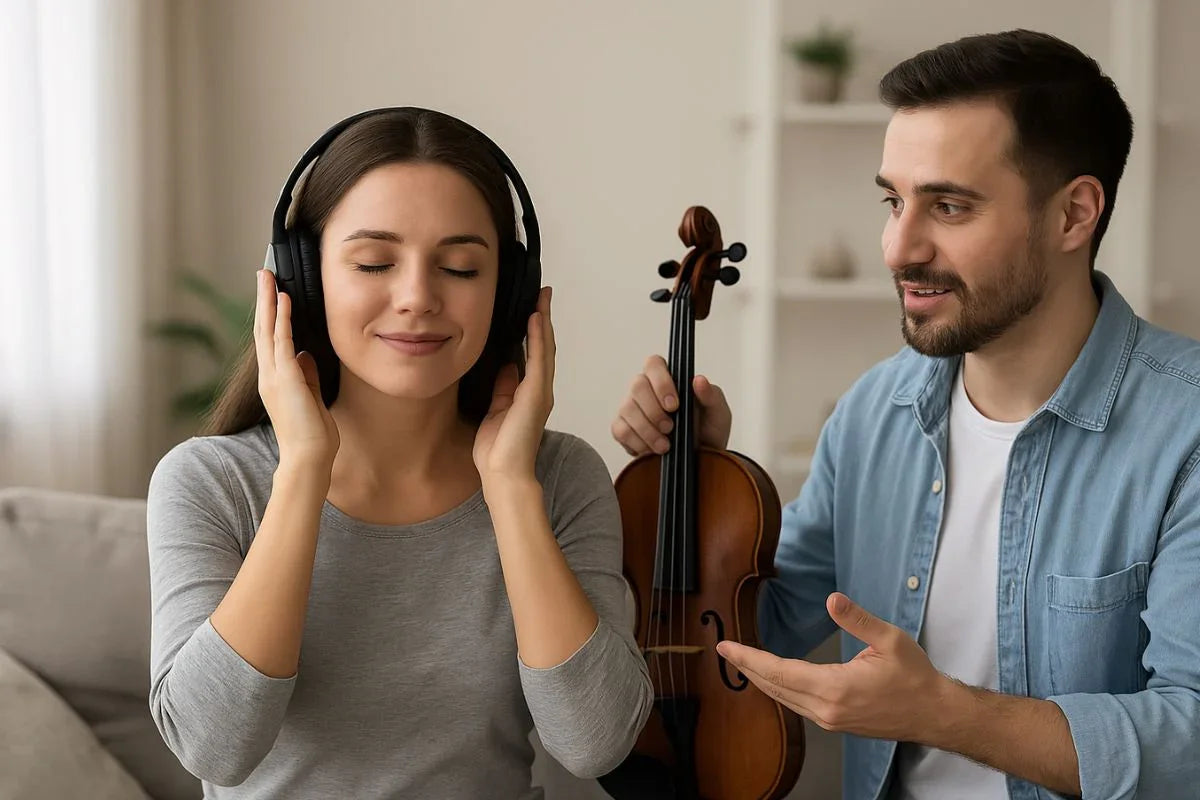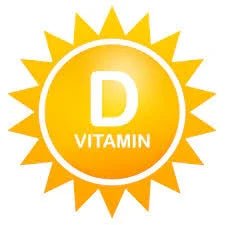
The Mozart Effect: A biohack for pain reduction
Music is one of the oldest forms of therapy and has been used since the dawn of humanity to positively influence body and mind. The power of music on mental and physical well-being was already described in ancient Greece. Pythagoras, for instance, was intrigued that people found consonant sounds pleasant. He discovered that harmonic music is calming and could remedy ailments of body, mind, and soul.
As a mathematician, he strongly believed in the mathematical nature of music and its influence on the human being as a whole. He observed that different harmonies could evoke different emotions and called this “medicinal music.”
Complementing this, the views of Plato and Aristotle on the power of music aligned with those of Pythagoras. In their works they clearly acknowledge music’s special effects. “Rhythm and harmony find their way into the inward places of the soul” is a telling quote from Plato’s writings.
Although the therapeutic and performance-enhancing effects of music have accompanied human evolution for thousands of years, science has only recently begun to understand why.
Neuroscientists not long ago discovered that listening to music produces various effects in the body and brain, commonly referred to as the “Mozart Effect.” Because of its wide neurological reach and its historic use in traditional medicine and cultural rituals, scientists have been looking more closely at music’s applications for health.
Musical stimulation can modulate physiological biochemistry and bodily responses. Listening to music has, among other things, a positive effect on cardiological, immunological, and neurological parameters.
Complementary rather than alternative
Complementary and alternative therapies are a group of diverse medical systems, practices, and products that are not considered part of mainstream healthcare because they do not meet standards of clinical effectiveness.
Alternative therapies tend to be biologically invasive and expensive, whereas complementary therapies are non-invasive and low-cost. Complementary therapies include, for example, massage, acupuncture, fitness, and mindfulness techniques—under which music and meditation also fall.
Music and pain
Among the many benefits of music therapy, its analgesic effect stands out—especially because pain is such a complex phenomenon with a major impact on daily life. Music therapy offers a simple intervention for this heavy burden and has the potential to influence life positively on physical, psychological, social, and emotional levels.
Because there are no side effects and overdosing is not possible, this is a biohack that can be applied structurally and over the long term.
How does it work?
The action of music therapy is not limited to stimulating reward centers, increasing neurotransmitters like dopamine, or raising enkephalins and endorphins via the limbic system. Listening to music engages the brain widely and affects nearly every region, leading to widespread effects.
The mind–body connection, neural functioning, neuropeptide systems, the autonomic immune system, opioid systems, attentional shifting, and the endocrine system are all influenced by musical sounds.
In short, music taps into many of the same systems and biochemical pathways in the brain as pain. Focusing on music stimulates the mind and elicits emotional responses that compete with the biochemistry of pain. As a result, the intensity of the pain signal decreases and the body processes the stimuli less strongly.
Far from all of music’s effects have been mapped in detail, but it is clear that a complex interaction among multiple endogenous systems is at play. A 2014 study shows that music therapy’s effect is not a placebo: the researchers concluded that music is a robust analgesic and that its effect could not be explained by expectancy-related factors.
In summary
Evidence that listening to personally preferred music—or making music—contributes as a complementary therapy is quite strong. Music therapy is used successfully, and can therefore be deployed, for various indications.
Thanks to its broad therapeutic potential and simple applicability, music therapy can help improve quality of life. Music works for both acute and chronic pain and can be used as a stand-alone or combined therapy.
There is no single “best” genre. The most important factor is that the music matches personal preference and a style you are already familiar with. This makes it easier to engage cognitively and emotionally with rhythms and melodies. You can experiment with music as therapy yourself, or consult a trained music therapist, of course.


